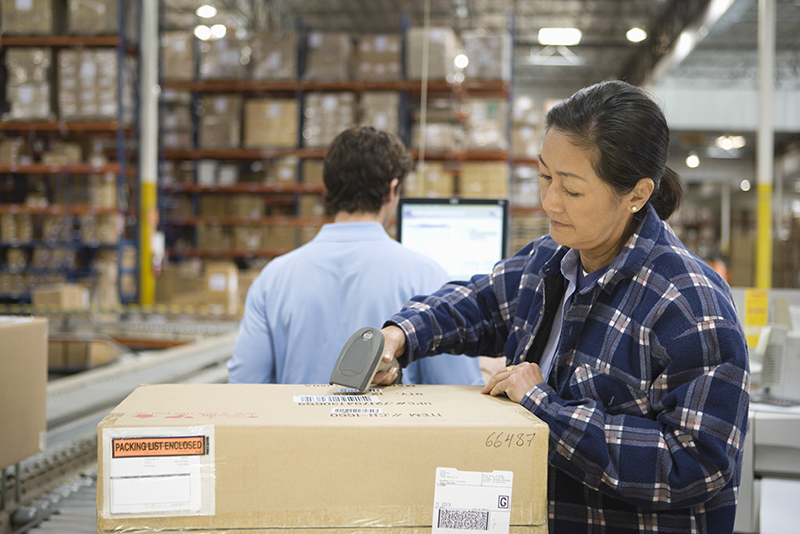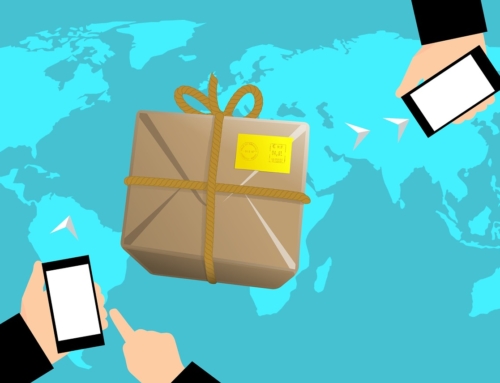In the world of eCommerce, holiday sales seasons come and go, and then for some they come and go a few more times as the year marches on.
Holiday sales tend to create a surge of product sales, followed by a tsunami of returns from gift recipients who would have preferred that shirt in orange or the higher powered flashlight that you also offer for sale.
The entire concept of holiday returns can be overwhelming, but you can navigate the reverse logistics it takes to survive.
Approach Returns Management with Care
Reverse logistics can be incredibly costly for companies that aren’t making it a priority.
Instead of being able to recover some amount of the cost of the product, it turns into a situation where it’s just cheaper to let returned items gather dust. Your next holiday return rush will be different, though, because you’re going to be more prepared and have a new approach, like the following, in place:
- Creating a dedicated returns team. It might seem like a big expense now, but when a holiday shopping season comes around again, a team that does nothing but reverse logistics can more than pay for itself.
Instead of waiting until sales taper off to handle returns, your dedicated team can get those items back on the shelves while inventory is being sold rapid fire. That means more money for you and a higher return on products. - Tracking returned items individually. Fraud is an unfortunate issue within the reverse logistics orbit. Although most consumers are honest, a few will try to game the overwhelmed system by sending low value items back in high value boxes or worse. Tracking can help you deal with these issues, but it’s also a great way to open up communication between you and an honest returner. They can see where their item is in the process, so they know when to expect a refund.
- Monitoring reasons for returns. The earlier you start monitoring the reasons given for returns on each item that comes back, the better off you’ll be. Since eRetail products are at a disadvantage because they can’t be tried on, held or generally examined in real life, customers have to make some assumptions to fill in their knowledge gap.
If you give them the right information, they’ll do that successfully and love their orders. If not, you’ll see a lot of returns. Keep your eyes on the returns and audit any item that seems to be being returned more often than other products like it. This practice can help curb those expensive returns, so don’t wait any longer to get started!
Reverse logistics isn’t easy on a good day, there’s a lot to know and plenty of changing gears required to get the job done. Having a plan of attack in place before big holiday shopping seasons can help ease the pain, though. No matter how you intend to handle your next batch of holiday returns, the most important thing to remember is to keep your customers informed. This simple act can help create a customer relationship that lasts.







Leave A Comment